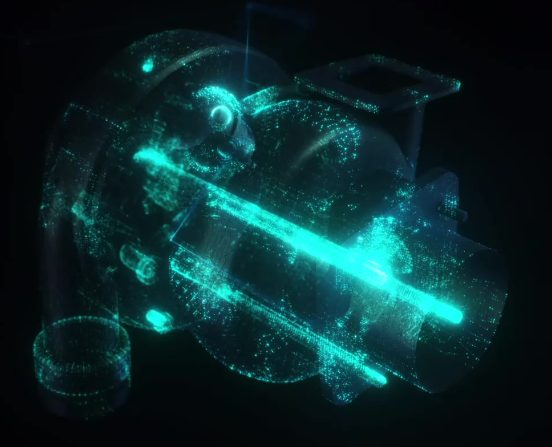When it comes to the world of forced induction, there are many different angles in which people observe and decide on how to utilize it. Some of the aspects that people may first view when making a decision are complexity and cost. Twin-turbocharging experiences many of the same issues as a large single system. The main issue being turbo lag. To accommodate for this, there needs to be electronic assistance and wastegates implemented into the system. Likely leading to the need of multiple tunes. All of which can add up quickly. Even after adding all these things, there is still a compromise left to be made. More power with less responsiveness, better response with a lack in high end power, or somewhere in the middle. With the maximum efficiency approach, the Hlava Sequential Turbo Manifold can eliminate the need for a wastegate and boost controller because, with proper turbocharger pairing, it is able to utilize all exhaust gas provided by the engine efficiently. Without the use of a wastegate or boost controller, the turbochargers can function as they were designed and never overworked as they are not being forced to hit a target boost level the way all other turbocharger systems do.
Some big drawbacks of most turbocharger applications are lag and throttle response. Despite two turbochargers, twin-turbocharging configurations still exhibit turbo lag, leading to lackluster throttle response and diminished driving pleasure along with a big lack in efficiency. With the help of the Hlava Sequential Turbo Manifold, engines can have a very early response from a small primary turbocharger and get the large turbocharger power on the top end of the RPM.
Having gone over lag and throttle response being a major factor we are led to discuss synchronization and coordination. Ensuring optimal coordination between two turbochargers has been illusive to companies for decades. Twin turbochargers are only able to use one size of turbochargers that are very limited in options as far as how they work with one another and are coordinated. They follow nearly the same patterns of compromise that is seen with large single turbo setups in the form of where you want them to effectively supply the engine with boost, leaving them with very limited range of efficiency. The Hlava Sequential Turbo Manifold utilizes two completely different frame sized turbochargers. Giving you turbo response on the low RPM range, passing the exhaust gas through the smaller turbo turbine housing, up the bridgepipe, to the larger secondary turbocharger, getting it primed to create boost effectively as soon as pressure is built up enough to open the bypass valves and redirect the exhaust gas mostly toward the larger turbo gradually and accordingly. Offering a perfectly smoothly coordinated synchronization of a small to large turbocharger sequence.
A part of the selection process in forced induction lies within the boost threshold. Depending on the compromised path chosen, the turbochargers are only effective within a certain range of their maps. Often times, the compromise in turbocharger selection is made to give the best response towards the middle of the RPM band. Which means the engine will only see an effective range of boost for a few thousand RPM, lacking in the beginning and end of the RPM band. With the efficient usage of two completely different frame sized turbochargers, you simply cannot experience the same range of efficiency in boost from any other type of turbocharging system. Let alone a twin turbo system. With the early response from a small turbocharger combined with a transition to a large turbocharger capable of producing boost that supports large power levels, the range of boost that the Hlava Sequential Turbo manifold can help provide is simply unmatched.
Embracing the evolution that is going to take place in the Forced induction world is purely a beneficial one. In light of these considerations, the Hlava Sequential-Turbo Manifold emerges as a groundbreaking solution that bridges the gap between immediate response, consistent performance, and efficiency, without the inherent complexities of twin turbocharging. As the automotive landscape progresses, the HST manifold takes turbocharging to a whole new level, offering a more accessible, adaptable, and high-performance forced induction experience.
We’re always looking for new opportunities and are comfortable working internationally. Please get in touch and one of our project managers will contact you about beginning the proposal process.
